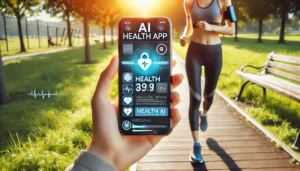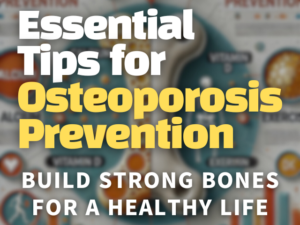
Best Menopause Supplements in 2025: Natural Relief & Hormone Balance
Menopause is a natural phase in a woman’s life—but that doesn’t make it easy. From hot flashes and mood swings…
현재 표시할 캐러셀 게시물이 없습니다.

Menopause is a natural phase in a woman’s life—but that doesn’t make it easy. From hot flashes and mood swings…

Ultimate Spring Allergy Defense: Boost Your Immunity Naturally Understanding Spring Allergies and Immune Health Spring brings beautiful blooms, but for…

🦠 Lyme Disease Symptoms and Treatment 2025: What You Must Know Introduction: Understand Lyme Disease Symptoms and Treatment in 2025…

AI Health Apps Effectiveness: Are These Digital Tools Truly Improving Wellness? In today’s fast-paced digital world, the effectiveness of AI…

Top 10 Wellness Trends to Wrap Up 2024 The year 2024 has seen a remarkable…

Unlocking the Secrets of Japanese Beauty: Timeless Rituals for Radiant Skin Have you ever wondered…

Affordable Healthcare in Korea: Top Medical Destination In many parts of the world, affordable healthcare…

Essential Tips for Osteoporosis Prevention: Build Strong Bones for a Healthy Life Osteoporosis, often called…

“Do you know which grocery items to avoid to protect your health? Some products, like…

5 Symptoms of Drinking Too Much Coffee: Warning Signals from Your Body Coffee is one…

“If you’re looking for effective foods for muscle loss prevention, incorporating these nutrient-dense options into…

Idol Cleansing Techniques: The Secret to Clear and Radiant Skin ‘Korean Idol Cleansing Routine’ The…

Why Mental Health Matters in Daily Life Mental health is essential for a balanced,…

How Reducing Smartphone Use Positively Impacts Mental Health The Downside of Smartphone Dependency: Heightened Loneliness…

Discover Tokyo’s Best Running Routes with RunNippon: Where to Jog, Sightsee, and Stay Active Tokyo…

Introduction: Not Enough Time for Exercise? Stairs Could Be Your Solution! In today’s busy world,…